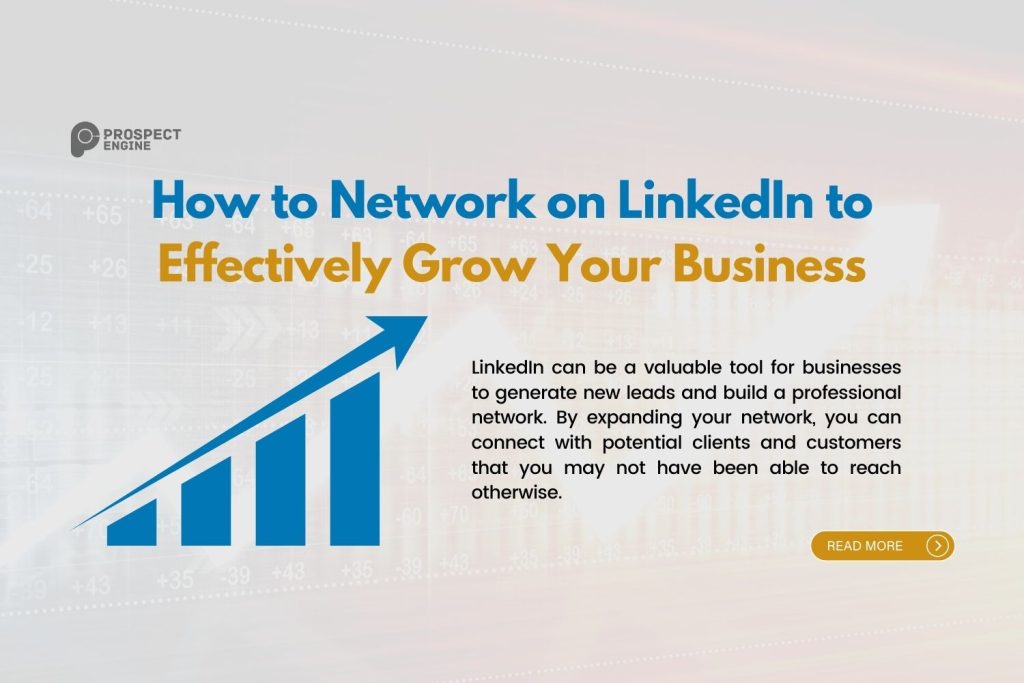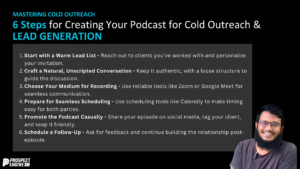Networking plays a vital role in running a business as it enables you to establish relationships with other businesses in related fields, which helps you find more leads and grow your business more effectively.
One of the major advantages of networking is the potential to acquire new customers through referrals. Did you know that referrals are trusted by 84% of people? Moreover, the conversion rate for referrals is three to five times higher than other marketing methods.
In addition to receiving referrals from existing customers, you can also obtain referrals from other businesses and freelancers within your network. By mutually recommending each other’s services to your respective clients, you can help each other’s businesses grow.
There are several ways to establish a network in today’s world. You can participate in local events, join business organizations, attend networking events, or leverage the power of the internet. Social media, in particular, provides a new way to build relationships and expand your business network.
LinkedIn, in particular, offers an ideal networking platform. To grow your business, here’s what you need to know about networking on LinkedIn.
Complete Your LinkedIn Profile
Your LinkedIn profile serves as your digital resume, allowing you to showcase yourself and your business. However, it’s not enough to simply fill out each profile section. To truly differentiate your business, you should make each section count. Here are some tips for crafting an outstanding profile:
- Choose a professional headshot for your profile picture.
- Write a captivating summary that showcases what sets you apart from others in your industry.
- Make sure to fill in your industry, location, and current and past positions.
In today’s digital age, a business’s first impression is often made online. Whether you’re networking in person or online, making a positive first impression is crucial. In the case of online networking, your LinkedIn profile serves as your virtual representation. Therefore, completing every section of your profile without any noticeable gaps is important.
Reach Out and Make Connections
After completing your LinkedIn profile, it’s time to start building your network by contacting other professionals. While having a large number of contacts can give the impression that you’re well-established in your industry, it’s important not to add people simply to increase your numbers. What you should focus on instead are quality connections. Aim to build a network of individuals who you believe can help you grow and who you can also benefit from in return.
One of the initial steps you can take is to check the business cards you collected from previous networking events. Look for the professionals on LinkedIn, and if they have a profile, click on “connect” to establish a connection.
Make sure to take advantage of the note feature when sending a connection request. Introduce yourself and highlight any common ground you have with the potential connection. Personalizing your request is key, so explain why you want them as part of your network.
Sending 5-10 connection requests per day can lead to significant growth in your network over time. Aim for this number to expand your connections steadily.
How To Add Value to Connections
Simply making connections is not sufficient to network effectively. Establishing and nurturing relationships with the people you connect with is important. One effective way to do this is by offering value upfront, in accordance with Robert Cialdini’s principle of reciprocity. By providing value first, you can establish a foundation of goodwill that may lead to future opportunities for collaboration or business. Remember, building relationships is about giving as well as receiving.
Take the time to review a connection’s profile before sending them a message. Look for ways you can provide value that may improve their job performance. One approach is to refer someone in your network who could be a good fit if you see they’re hiring. If you’re unsure what would be helpful, initiate a conversation by asking a question related to their work. This can help establish a relationship and potentially lead to future opportunities for collaboration or assistance.
Join Groups
Joining LinkedIn groups related to your industry can be an excellent networking opportunity. Doing so can potentially reach hundreds or even thousands of professionals working in a similar space. This presents a great opportunity to connect with new people and establish valuable relationships within your industry.
To grow your network, engaging with your LinkedIn groups actively is important. Participate in discussions, answer questions, and share content demonstrating your expertise. Remember that groups are a community, so always aim to add value with your contributions. By being an active member of your groups, you can build relationships and establish yourself as a valuable member of your industry’s community.
Be Active
In addition to engaging with LinkedIn groups, it’s important to be active on LinkedIn in general. Posting compelling content can help position you as an industry expert. While sharing articles you’ve read is a good start, sharing content you’ve written yourself is even more effective. Using relevant hashtags when you publish your posts can make it easier for others to find you and potentially expand your network. By consistently sharing valuable content and engaging with others on the platform, you can establish yourself as a thought leader in your industry and attract new connections.
Build Your Network on LinkedIn
When used effectively, LinkedIn can be a valuable tool for businesses to generate new leads and build a professional network. By expanding your network, you can connect with potential clients and customers you may not have been able to reach otherwise. If you’re interested in leveraging LinkedIn to grow your business, Prospect Engine is a helpful resource to explore.
Get in touch with us today to schedule your free consultation.





